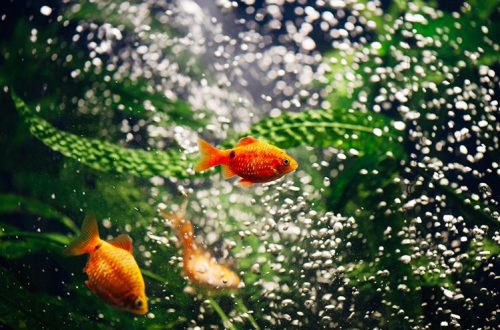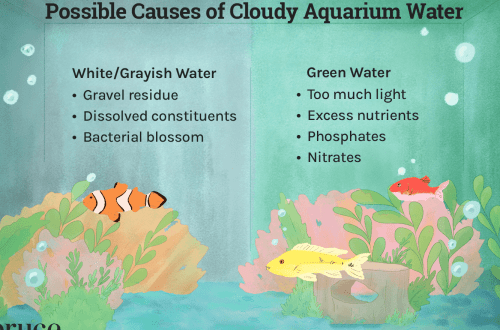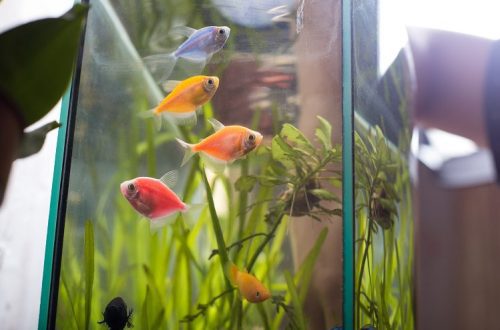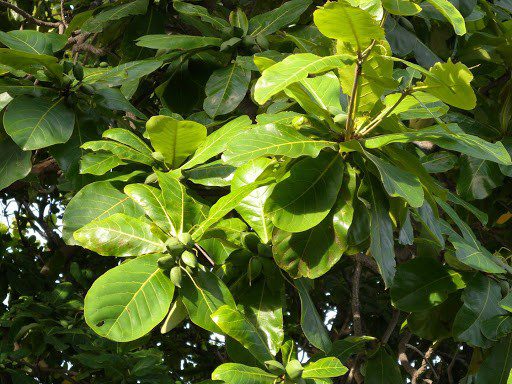
Which tree leaves can be used in an aquarium
To begin with, let’s answer the question – why do they use tree leaves in an aquarium. The answer is simple, they are needed to recreate the conditions characteristic of peat bogs and rivers with dark waters. This habitat is ubiquitous (Southeast Asia, Amazon, Central African rivers, etc.) and is home to many popular aquarium fish such as South American cichlids, fighting fish, gourami, barbs, zebrafish, tetras and many others.

In slow-flowing rivers flowing in the tropics among forests, a lot of organic remains accumulate, for example, the same fallen leaves, branches, fruits, etc. In the process of decomposition, they saturate the water with tannins (in particular, tannins), which give it dark tea color. In addition, the hydrochemical composition of water also changes towards lower pH and dGH values. Thus, the use of leaves in an aquarium can bring conditions closer to those found in nature. Also, the leaves serve as an additional and natural element of aquarium design, a food source for shrimps and some fish fry.
In one of the articles published earlier, we have already touched on this topic, where we considered the use of the leaves and bark of the Indian almond tree. They are good for everyone, but they have a significant drawback – they do not grow in Europe and the CIS countries, so they need to be bought at pet stores or via the Internet, since there are more than enough offers.
European trees can also be an excellent alternative to Indian almonds, the leaves of which can be harvested on their own and it will cost absolutely nothing. By the way, autumn is a great time to do this. Falling leaves of trees by this moment no longer contain such undesirable substances as juice, proteins, chlorophyll, etc., and the concentration of tannin, on the contrary, increases by 3–4 times. True, there are exceptions, some leaves should be collected green and then dried.
Let’s move on to the main thing, to the list of trees whose leaves can be used in an aquarium
Contents
Mulberry (leaves are harvested green and dried)
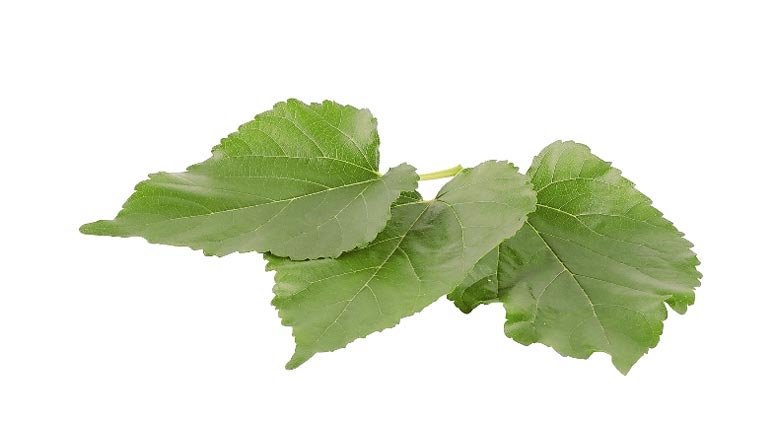
Mulberry leaves are considered one of the best food for shrimp and are also taken by some herbivorous catfish. The green leaves are high in protein and have excellent nutritional value. When used correctly, they do not change the parameters of the water.
Walnut (leaves are harvested green and dried)
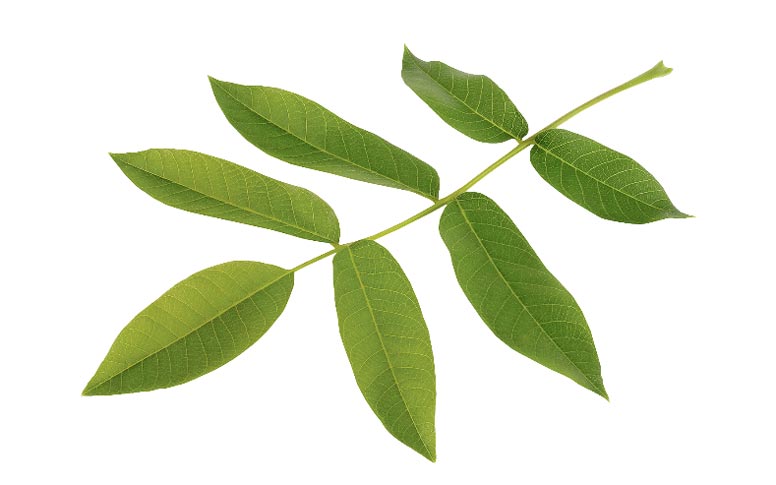
Walnut leaves have the same positive effect on the health of fish and shrimp as Indian almonds. The substances released by them are able to effectively fight bacterial and fungal diseases, reduce the level of stress in fish, but unlike almonds, they do not lower the pH level and almost do not change the color of the water.
Note: the leaves of the trees listed below are harvested already fallen
Oak

There are several types of oaks, differing mainly in the size of the leaves. All of them are great for the aquarium. They contain high levels of tannins, color the water as they decompose and lower the pH. Not suitable for those who want to keep the water in the aquarium crystal clear.
Beech
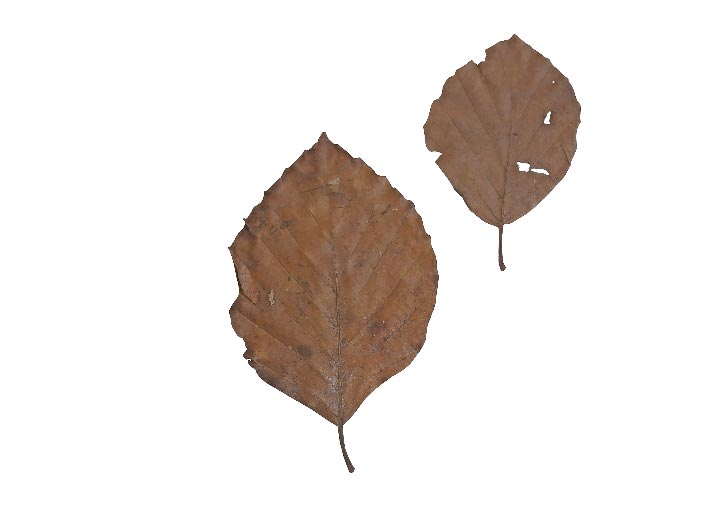
It has thin and small leaves, gives the water a slight yellow tint and slightly lowers the pH level. Considered a good choice for nano aquariums, suitable for living shrimp that need neutral pH water.
Hornbeam

Hornbeam leaves can lower pH levels quickly, so use them carefully. Place in the aquarium little by little and observe daily changes in the hydrochemical composition. If you cover the entire bottom of a small tank with leaves, you can provoke a mass pestilence of fish. As they decompose, they also color the water, giving it a brownish color.
Birch
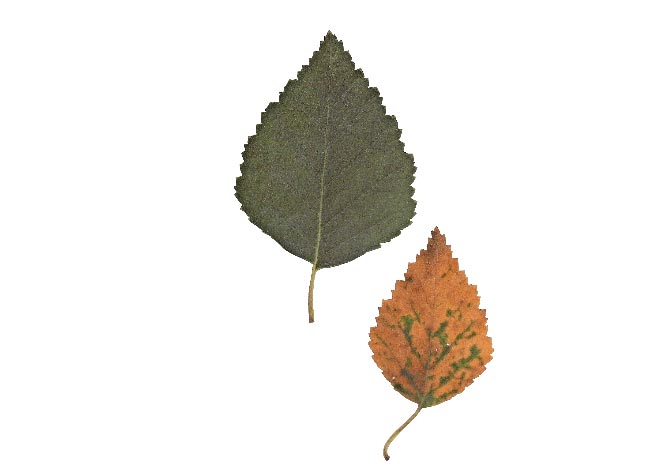
Birch leaves do not significantly change the composition of water, do not color it and do not lower the pH value. They decompose slowly, making them a great choice for those who want to decorate their aquarium with leaves but still want to keep the water clean. They can also serve as a refuge for small bottom fish or shrimp.
Hazel or hazel
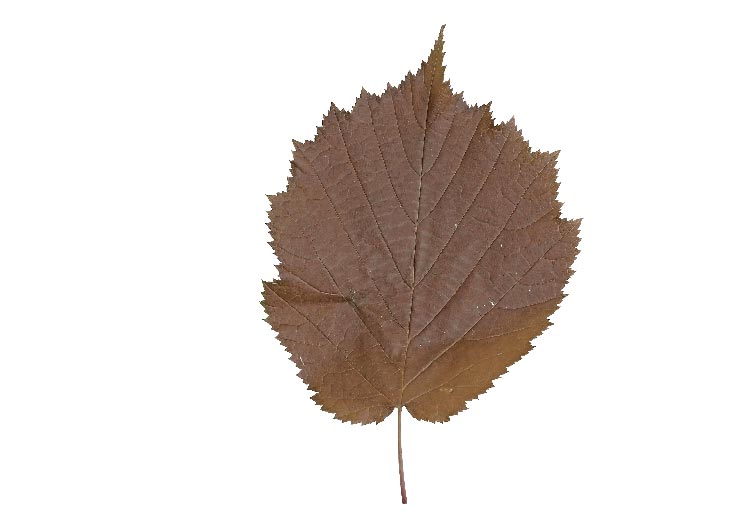
Hazel has thick, tough leaves that are usually not eaten by herbivorous fish and shrimps. Able to slightly tint the water and slightly lower the pH. Can serve as a natural design element.
Maple

It quickly parted with the color, becoming translucent, thereby tinting the water. Serves as an excellent food for snails and shrimps. The effect on pH is short-term, after a rapid drop it will soon rise to its previous level.
Sycamore
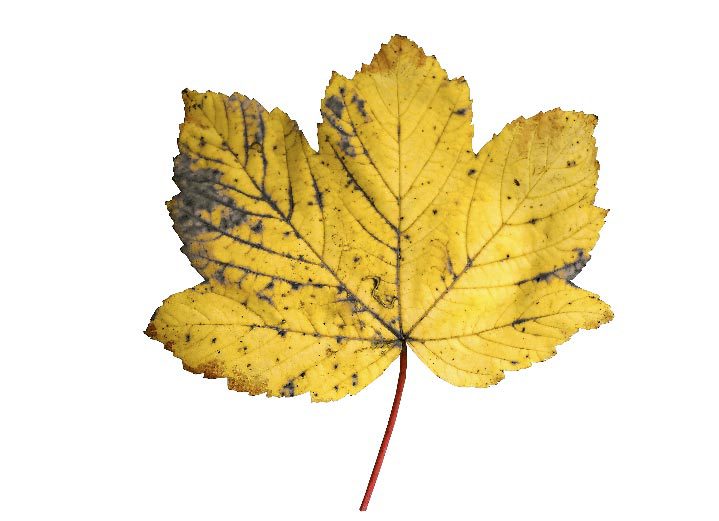
When decomposed in water, it practically does not affect the pH level and does not change the color of the water. A good choice as a natural decoration element.
What leaves should not be collected:
- Near roadsides, highways, the same applies to city trees. If you are a city dweller, it’s time to visit the countryside.
- Near agricultural fields, the crops of which are treated with various fertilizers and other chemicals.
- Damaged and deformed, this shape of the leaves may indicate tree disease and insect damage.
- Overwintered, which are often found in the spring. In an aquarium, they will quickly collapse without having the desired effect, or, much worse, they will pollute the water.
Tips
The leaves are dried at room temperature by laying them out on a tray and covering with a thin cloth. The popular method of drying between the pages of books is not suitable in this case, the leaves can absorb ink.
In order for dry leaves to sink, they are soaked before being placed in the aquarium. Another way is to pour boiling water, such leaves will stain the water to a much lesser extent.
How the leaves of a particular tree affect the pH of water
 Table of changes in the pH level depending on the time when the leaves of a particular tree are in the water of the aquarium
Table of changes in the pH level depending on the time when the leaves of a particular tree are in the water of the aquarium
How the leaves of a tree color the water
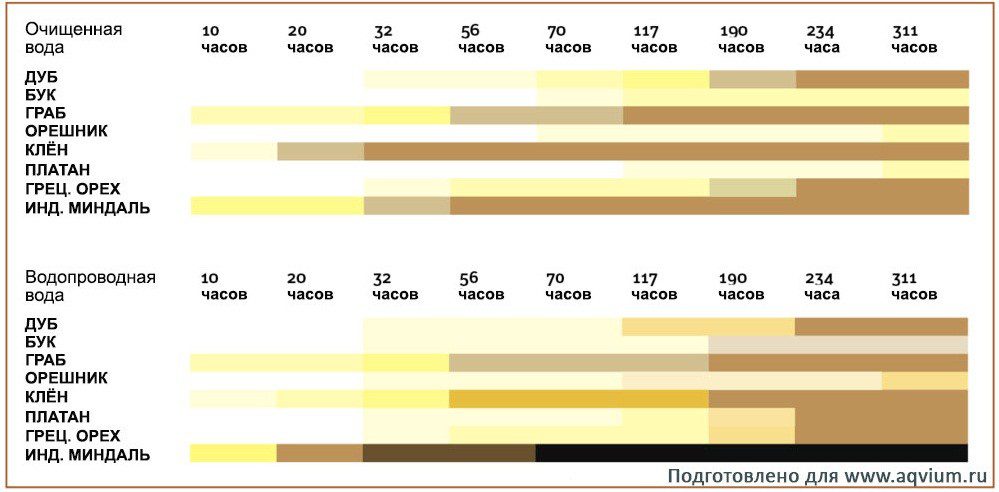 Table of coloring of water in an aquarium depending on time under the influence of decomposition of the leaves of a particular tree
Table of coloring of water in an aquarium depending on time under the influence of decomposition of the leaves of a particular tree



